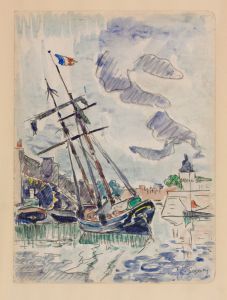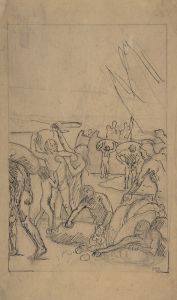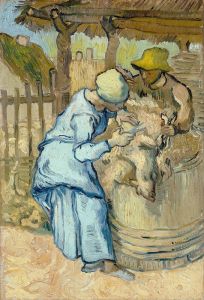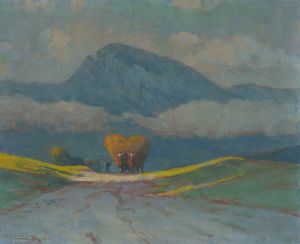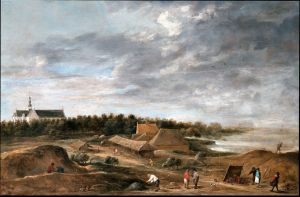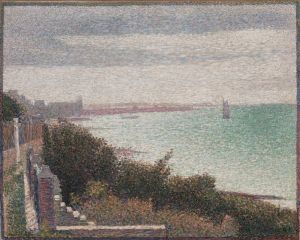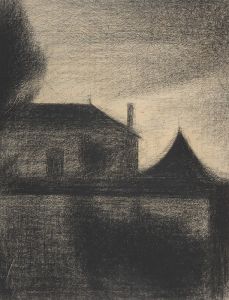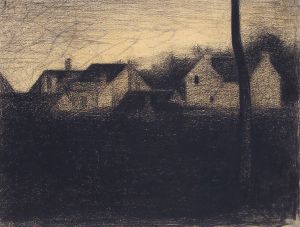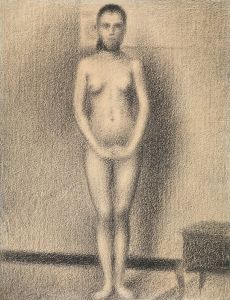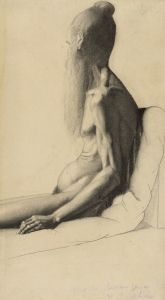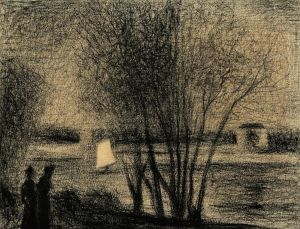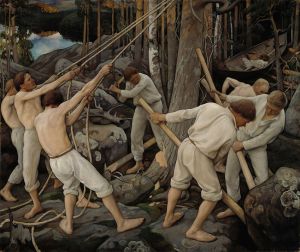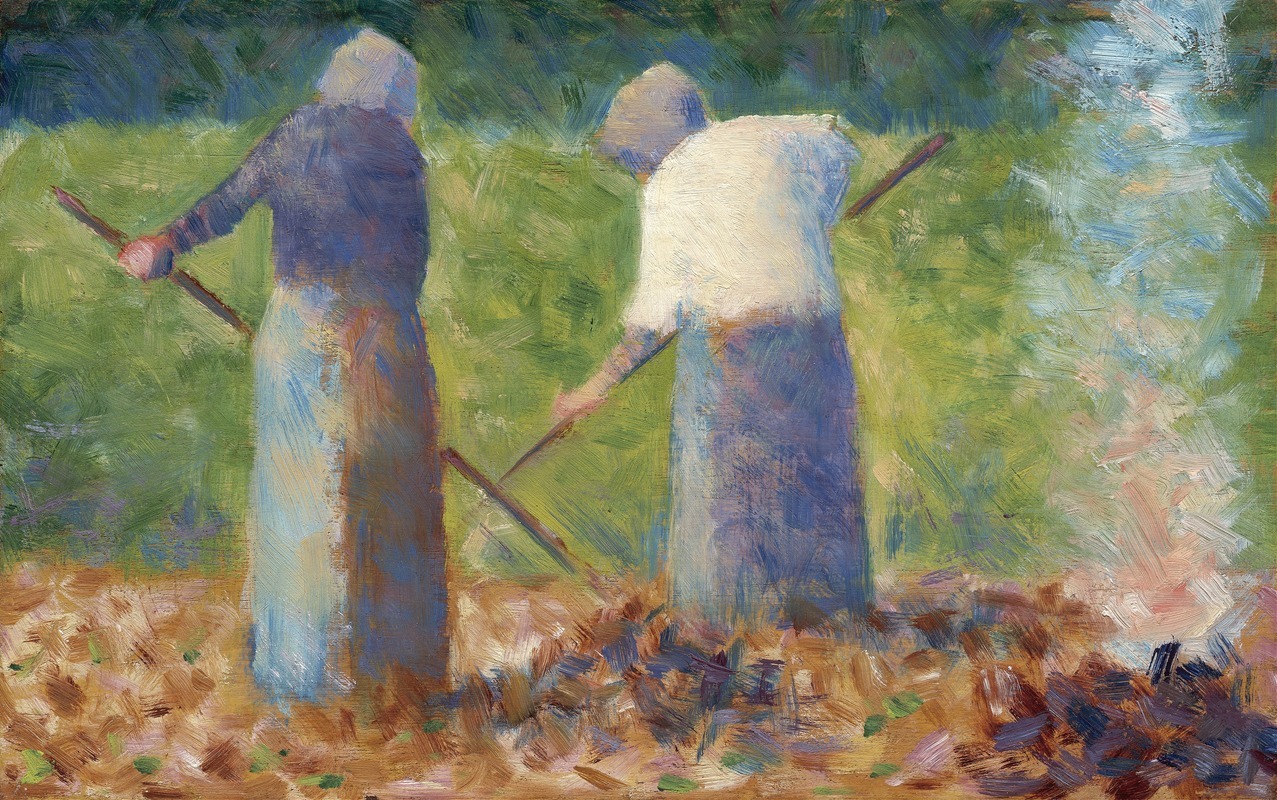
Haymakers at Montfermeil
A hand-painted replica of Georges Seurat’s masterpiece Haymakers at Montfermeil, meticulously crafted by professional artists to capture the true essence of the original. Each piece is created with museum-quality canvas and rare mineral pigments, carefully painted by experienced artists with delicate brushstrokes and rich, layered colors to perfectly recreate the texture of the original artwork. Unlike machine-printed reproductions, this hand-painted version brings the painting to life, infused with the artist’s emotions and skill in every stroke. Whether for personal collection or home decoration, it instantly elevates the artistic atmosphere of any space.
Georges Seurat, a pioneering French post-Impressionist artist, is renowned for his innovative use of color and technique, particularly through his development of pointillism. Among his notable works is "Haymakers at Montfermeil," a painting that exemplifies his unique approach to capturing light and rural life. Although not as widely recognized as some of his other masterpieces, this painting provides insight into Seurat's artistic evolution and his interest in rural themes.
"Haymakers at Montfermeil" was created during a period when Seurat was deeply engaged in exploring the effects of light and color. This painting depicts a rural scene, focusing on the labor-intensive activity of haymaking. The choice of subject reflects Seurat's interest in everyday life and the working class, a theme that was common among many artists of his time who sought to depict the realities of contemporary society.
Seurat's technique in this painting, as in many of his works, is characterized by his meticulous application of small, distinct dots of color. This method, known as pointillism or divisionism, was developed by Seurat and his contemporaries as a way to explore the optical effects of color and light. By placing tiny dots of pure color next to each other, Seurat aimed to create a more vibrant and luminous effect than traditional mixing of pigments. The viewer's eye naturally blends these colors at a distance, resulting in a more dynamic and vivid image.
The setting of Montfermeil, a commune in the eastern suburbs of Paris, provides a pastoral backdrop that contrasts with the urban scenes often depicted by Seurat. This choice of location underscores the artist's interest in capturing the diversity of French life, from bustling cityscapes to tranquil rural environments. The painting's composition is carefully structured, with a balanced arrangement of figures and landscape elements that guide the viewer's eye across the canvas.
Seurat's work on "Haymakers at Montfermeil" also reflects his interest in the scientific study of color and perception. Influenced by contemporary theories of optics and color harmony, Seurat meticulously planned his compositions to achieve a desired visual effect. His approach was informed by the writings of scientists such as Michel Eugène Chevreul and Ogden Rood, who studied the interaction of colors and the physiological responses they evoke.
While "Haymakers at Montfermeil" may not be as famous as Seurat's monumental work "A Sunday Afternoon on the Island of La Grande Jatte," it remains an important piece within his oeuvre. It demonstrates his commitment to exploring new artistic techniques and his dedication to portraying the nuances of light and color. The painting is a testament to Seurat's innovative spirit and his contribution to the development of modern art.
Today, Seurat's work continues to be celebrated for its technical precision and its influence on subsequent generations of artists. "Haymakers at Montfermeil" stands as a significant example of his artistic vision, offering viewers a glimpse into the rural life of 19th-century France through the lens of a groundbreaking painter.





